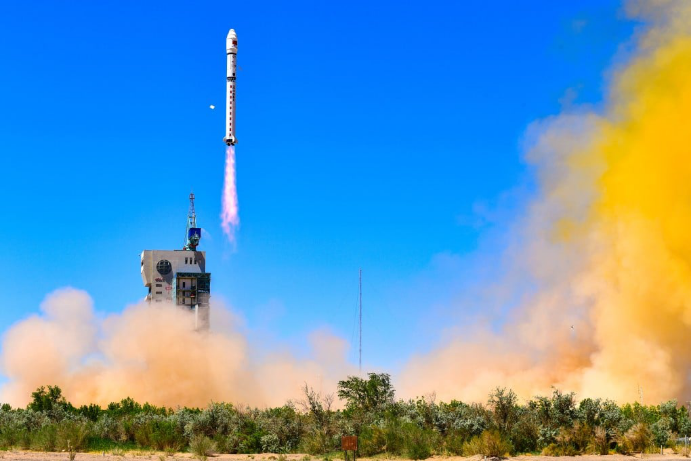
Last week, China made history by sending 12 satellites into orbit, forming the world’s first space computing network. Developed by Chinese aerospace companies and AI experts, this project aims to process data directly in space instead of relying on ground systems.
The satellites use unlimited solar energy and require less cooling compared to Earth-based data centers. Lower launch costs in recent years have made such projects more achievable. For example, during natural disasters, these satellites can quickly analyze real-time images and send critical information to rescue teams, saving time and lives.
Chen Junrui, a spokesperson from STAR.VISION, a Hangzhou-based aerospace company, shared his vision: “Combining AI with space technology will shape the future. One day, space-based computing could become as common as the Internet.” He explained that in emergencies, satellites could work like a smart team — capturing images, processing data in orbit, and delivering results instantly.
China’s system currently leads globally, with its 12 interconnected satellites operating on a larger scale than similar projects in other countries. However, experts note that obstacles remain, such as developing radiation-resistant hardware and improving satellite teamwork.
Other nations are also exploring space computing. A US company (Starcloud) plans to launch a space data center by 2026, while the EU has long-term plans for orbital infrastructure. Still, China’s progress stands out. “No other country has tested a 12-satellite network yet,” Chen said, while emphasizing the need for further testing.
This project supports scientific research and promotes greener technology. By processing data in space, it reduces the energy wasted in sending raw information to Earth. Researchers from a Xi’an-based tech company recently proposed a “Space Computing Project” to build lightweight orbital data centers, improving energy efficiency for future missions.
China’s achievement reflects its growing role in space innovation. As the world watches, this network could open new possibilities for science, safety, and global communication — bringing us closer to a smarter, more connected future.
原创编写 版权所有 侵权必究! 每日更新 个性化阅读 英语飙升!
1.1. What potential benefits might the space network bring?
A Faster food production.
B Safer disaster response.
C Cheaper space tourism.
D Stronger military power.
解析:选B。B 推理判断题。第二段和第三段多次提到卫星在自然灾害中加速救援(如“saving time and lives”和“in emergencies”)。故选B。
4.4. What is the main focus of Paragraph 6?
A Green technology solutions.
B International cooperation.
C Technical difficulties.
D Corporate achievements.
解析:选A。A 段落大意题。第六段主要围绕“promotes greener technology”和“improving energy efficiency”,明确聚焦绿色科技。B(国际合作)和C(技术困难)是扩缩范围;D(企业成就)都是以偏概全。故选A。
